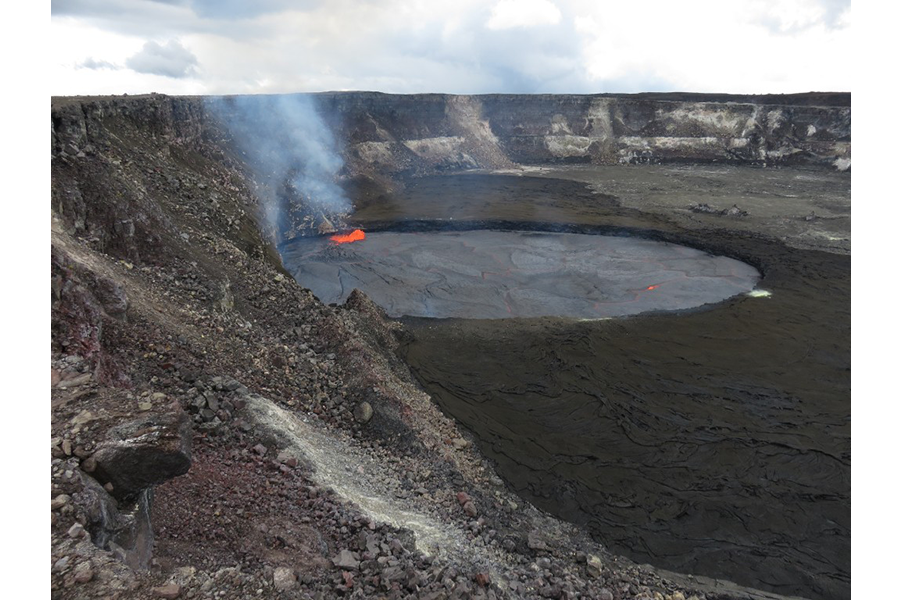Why search for life on Mars begins in Hawaii
Loading...
The search for Martian life will soon take NASA to an unexpected swath of rocky landscape – Mauna Ulu, Hawaii.
The agency’s Biologic Analog Science Associated with Lava Terrains (BASALT) mission, which is designed to test technologies for future crewed missions to Mars, begins this week at Hawaii Volcanoes National Park. Once there, researchers will develop new protocols for collecting – and protecting – biological samples.
“Really, the whole reason of going to Mars is to see if there’s life there,” John Hamilton, an astronomer at the University of Hawaii at Hilo, told the Hawaii Tribune-Herald. “There’s a lot of great geology. But are we alone?”
Project BASALT, which will be administered through the University of Hawaii, will put researchers at Mauna Ulu for two weeks. Geologists and biologists will work in tandem, searching for new ways to prevent the contamination of rocks that might host living bacteria.
That's a major concern in NASA's search for extraterrestrial life, as it can lead false positives or even missed positives. The agency has unveiled a new device, called the Bio-Indicator Lidar Instrument, which uses a light beam to detect bio-signals with minimal contamination.
Communication with mission control will be delayed by up to 20 minutes, just as it would be on Mars. NASA has always relied on analog missions, and Hawaii’s volcanic ridges make excellent imitation Martian landscapes. High elevation stunts plant growth, and volcanic rock is mostly basalt – the same mineral that makes up most of the surface of Mars.
On Mauna Loa, another Hawaiian volcano, astronauts have endured year-long isolation missions as part of NASA’s HI-SEAS project. But while BASALT seeks to improve the quality of Martian research, HI-SEAS was designed to test astronaut’s psychological limits.
The Christian Science Monitor reported:
Psychological research in prisons strongly suggests that solitary confinement can have a negative impact on decision-making and emotional health. The same is likely true in deep space: studies of crew members on the International Space Station have found that on prolonged space journeys isolation may have negative effects on astronaut performance.
“They get to miss the feeling of wind on their faces,” Gloria Leon, a University of Minnesota psychologist who advises NASA on astronaut selection, told the Monitor in August. “They miss the smells of nature, or the smell of food cooking. On a Mars voyage, Earth will be out of view. It will be the equivalent of twilight, looking out of the porthole. So there will be boredom – monotony, really – in terms of the environment.”
On NASA Extreme Environment Mission Operations 21, or NEEMO, researchers conduct geological studies in simulated antigravity. These tests require astronauts to dive to space-like conditions in the ocean off the Florida coast.
While analog missions can’t simulate every aspect of prolonged spaceflight – microgravity, for example, may cause physiological effects over months and years – they do yield valuable insights. Fifty percent of the last accepted class of astronauts, Dr. Leon notes, were women. New studies have examined the impact that gender differences, both physical and socially constructed, might have on isolated space crews. Others consider factors like sleep deprivation, as NASA seeks to make more informed decisions about crew selection and maintenance.








